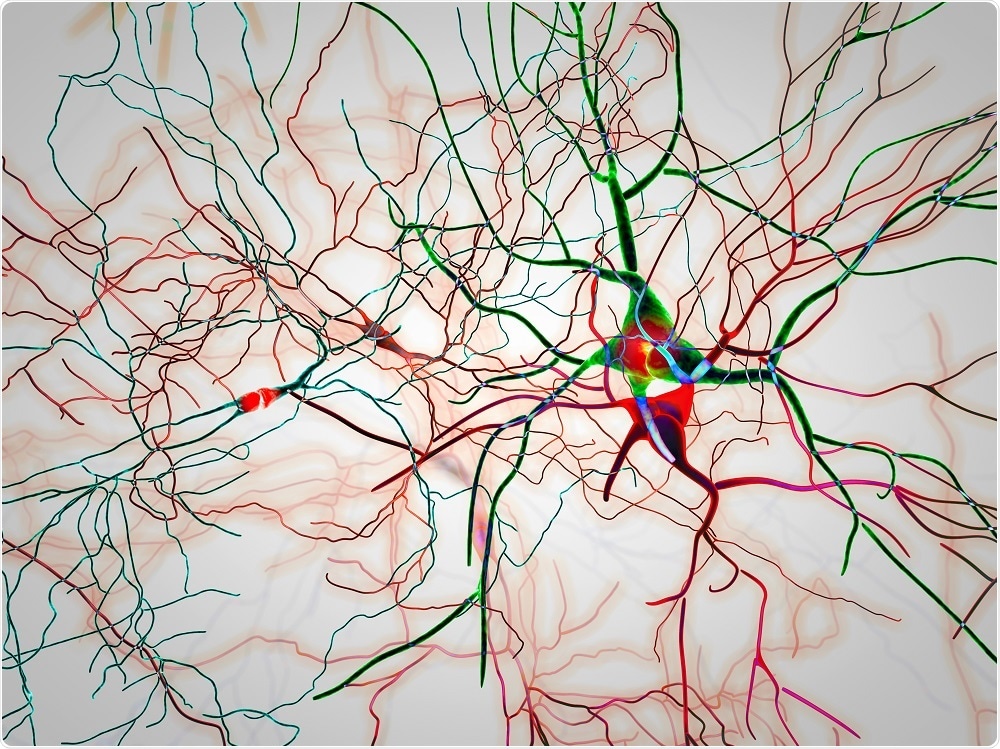Sep 27 2017
A new study published in the online journal Radiology suggested that disconnections in the areas of the brain, which are involved in attention and visual processing might lead to visual hallucinations in patients with Parkinson’s disease.

© Naeblys / Shutterstock.com
According to the researchers, the areas of the brain which are found disconnected on the functional MRI (fMRI) might be valuable for forecasting the development of visual hallucinations in such patients.
Sensations generated in a person’s mind, which seems real are called as hallucinations. A person with a hallucination might hear, see or feel something that does not exist. As per the National Parkinson Foundation, for Parkinson’s disease, visual hallucination could be a complication.
"Our aim was to study the mechanism underlying visual hallucinations in Parkinson's disease, as these symptoms are currently poorly understood,” said Dagmar H. Hepp, M.D, the study author, from the Department of Neurology and the Department of Anatomy and Neurosciences at VU University Medical Center (VUMC),Amsterdam.
Even though there are only a few studies that use fMRI to explore visual hallucinations in Parkinson's patients, the researchers could identify that, in such patients the occurrence of visual hallucinations are greatly associated with the development of cognitive decline. This might affect the ability of the patients in performing certain tasks during an fMRI exam.
In the current study, in order to analyze the connection between areas of brain, the researchers made use of resting-state fMRI; this is a brain imaging technique that could be used in evaluating patients who does not perform an explicit task.
The study involved 40 patients without visual hallucination, 15 with visual hallucination, and 15 healthy controls. In these participants, the brain connectivity was calculated by measuring the synchronization level between activation patterns of diverse parts of the brain.
The findings indicated that, in comparison with the control group, the communication of various areas of the brain with the rest of the brain in patients with the disease is reduced. Also, in patients with visual hallucinations, numerous other areas of the brain, particularly those significant in maintaining attention and visual processing, also showed decreased connectivity with other brain areas.
Menno M. Schoonheim, Ph.D., another study author from the Department of Anatomy and Neurosciences at VUMC commented that the disconnection of these areas of the brain might lead to the creation of visual hallucinations in patients affected with Parkinson's disease.
Even though the study does not provide any direct therapeutic implications, the researchers suggest that further studies might help in finding techniques that could stimulate the areas with decreased connectivity, and thereby aid in treating visual hallucinations in Parkinson's patients.